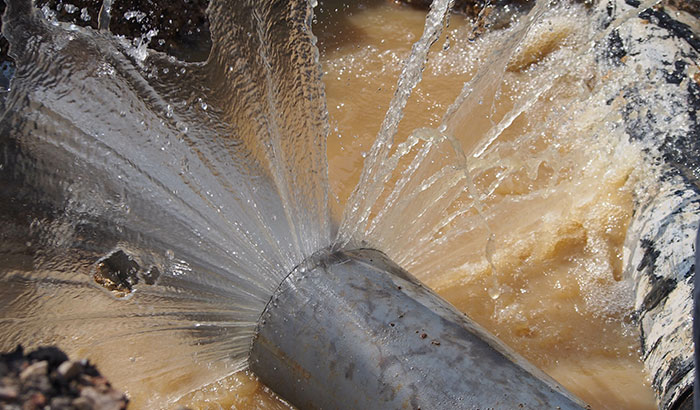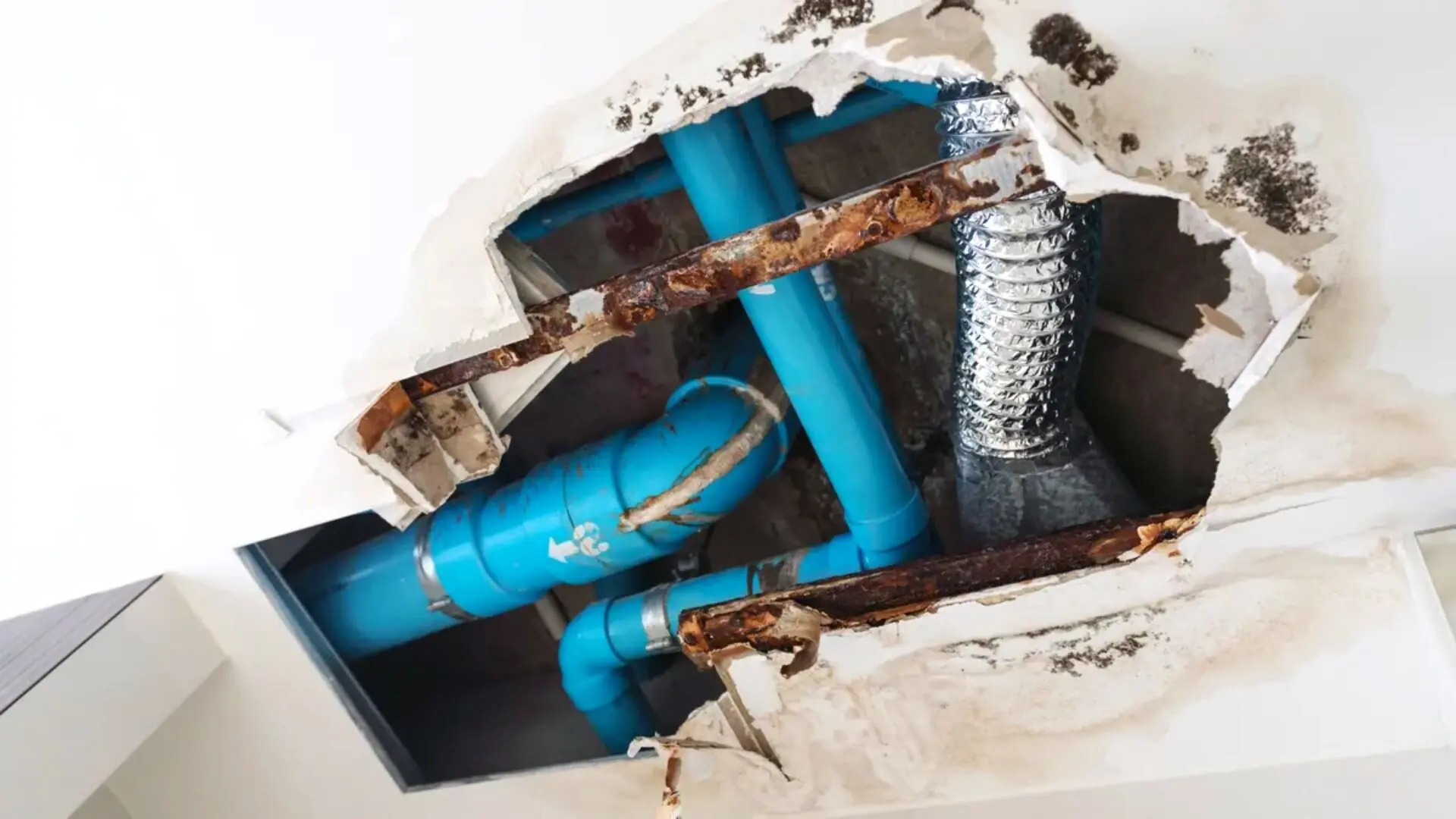Preventing Ruptured Pipeline: Vital Tips to Protect Your Pipes
Stopping burst pipes is a crucial worry for house owners, especially throughout cooler months when the threat of freezing is increased. Carrying out tactical measures such as proper insulation, routine assessments, and preserving consistent indoor temperatures can considerably reduce the likelihood of pipe failing.
Understand Pipe Vulnerabilities
Understanding pipe vulnerabilities is crucial for efficient plumbing maintenance and avoiding costly damages. Several variables add to the susceptibility of pipes to ruptureds, including product composition, age, and ecological problems. Older pipes, particularly those made from galvanized steel or polybutylene, commonly weaken in time, bring about increased threat of leakages and ruptures.
Temperature level fluctuations can likewise significantly effect pipeline honesty. In colder climates, water caught in pipelines can freeze, increasing and putting in pressure on the pipe walls, which may ultimately result in a burst. Furthermore, high water pressure can stress pipes, especially at joints and bends, heightening the chance of failure.

Insulate Piping Properly
Appropriate insulation of pipes is vital for stopping cold and succeeding bursts during chilly weather condition (burst pipe). Insulating your pipes system effectively safeguards against temperature drops that can cause pricey damage. Begin by determining at risk areas where pipes are exposed to outside temperatures, such as basements, attics, and exterior wall surfaces
Usage foam pipe insulation sleeves or wrap insulation tape around these areas to provide a safety barrier. Make sure that all areas of the pipes, particularly those with restricted heat exposure, obtain appropriate insulation. Pay unique focus to joints and fittings, as these are extra susceptible to freezing.
When shielding, it's necessary to choose products that satisfy local building regulations and are proper for the details environment. Fiberglass insulation is typically advised for its thermal resistance buildings. Furthermore, take into consideration making use of warm cords or tape in extreme conditions, which can be connected in to give supplemental warmth
Frequently examine insulated pipes for any kind of signs of wear or damage, as endangered insulation can decrease its performance. By taking these aggressive procedures, you considerably reduce the danger of pipeline ruptureds, making certain a trustworthy plumbing system throughout the cold weather.
Maintain Regular Temperature Level
A steady interior temperature is vital for avoiding burst pipelines throughout the icy months. When temperature levels decline, water within pipelines can freeze, increasing and producing stress that may inevitably trigger the pipes to ruptured.Making use of a programmable thermostat can aid handle interior temperature levels successfully, guaranteeing that spaces with plumbing stay warm also when the home is unoccupied.
Additionally, it is prudent to permit faucets to trickle somewhat during extreme cold snaps. This minor flow of water can protect against freezing more helpful hints by relieving pressure within the pipelines. Throughout particularly severe weather events, think about temporarily putting on hold any type of nighttime setbacks on your thermostat to maintain a stable cozy environment. By executing these approaches, home owners can dramatically minimize the risk of pipe ruptureds and safeguard their pipes systems versus the harsh winter season components.
Frequently Examine Plumbing
Routine inspections of pipes systems are critical for avoiding ruptured pipelines and keeping overall home stability. Routine checks enable homeowners to recognize possible issues before they intensify into pricey repair services or significant water damage. Throughout these assessments, it is necessary to analyze visible pipes for signs of corrosion, leakages, or wear. Pay special interest to areas prone to freezing, such as cellars, attics, and exterior walls.
Furthermore, checking links and joints is important, as these factors are frequently at risk to leaks. House owners need to likewise evaluate water pressure degrees, as excessive stress can stress the pipes system and enhance the danger of pipe ruptureds.
Consider scheduling expert plumbing examinations a minimum of yearly, especially prior to wintertime, to guarantee your system is gotten ready for colder temperature levels. Normal examinations not just help in recognizing immediate worries however also foster long-term recommended you read upkeep methods that can boost the life-span of your pipes system. By being positive in your approach, you can protect your home versus the expensive and disruptive repercussions of ruptured pipes. Focusing on plumbing assessments is an investment in your home's health and wellness.
Know Emergency Procedures
Comprehending emergency procedures is essential for each property owner, specifically after conducting regular plumbing examinations. Being prepared for a plumbing emergency can substantially mitigate damage and conserve prices. Find your major water shut-off valve; it is generally found near the water meter or where the main line enters your home. Acquaint on your own with its procedure, as shutting down the water system quickly can avoid substantial flooding.
Following, keep vital tools helpful. A pipes emergency kit must include a wrench, check out here plunger, and towels, in addition to a flashlight and a bucket for tiny leaks. Additionally, consider having the get in touch with details for a trusted plumbing conveniently available, should the circumstance rise past your control.
If you detect a leakage or ruptured pipe, immediately switch off the supply of water and alert your plumbing. Moreover, document the damages with photographs for insurance policy functions. burst pipe. Be mindful of the signs of potential plumbing issues, such as unusual water stress changes or damp areas on wall surfaces
Eventually, proactive expertise and swift action are important in handling pipes emergency situations, guaranteeing your home continues to be safeguarded and reducing prospective damage.

Final Thought
Finally, protecting against burst pipes requires a diverse method that consists of understanding pipeline vulnerabilities, correct insulation, preserving consistent indoor temperature levels, normal evaluations, and knowledge of emergency situation procedures. By carrying out these important methods, the threat of pipes failures can be substantially reduced, thereby guaranteeing the durability and effectiveness of the plumbing system. Aggressive measures not just guard against possible damages but also contribute to total water preservation and the defense of residential property.
In cooler climates, water trapped in pipes can ice up, putting in and expanding stress on the pipe wall surfaces, which may eventually lead to a burst. When temperature levels decline, water within pipelines can ice up, developing and broadening pressure that may inevitably cause the pipelines to burst. By applying these approaches, home owners can significantly reduce the danger of pipe bursts and safeguard their plumbing systems against the rough winter aspects.
